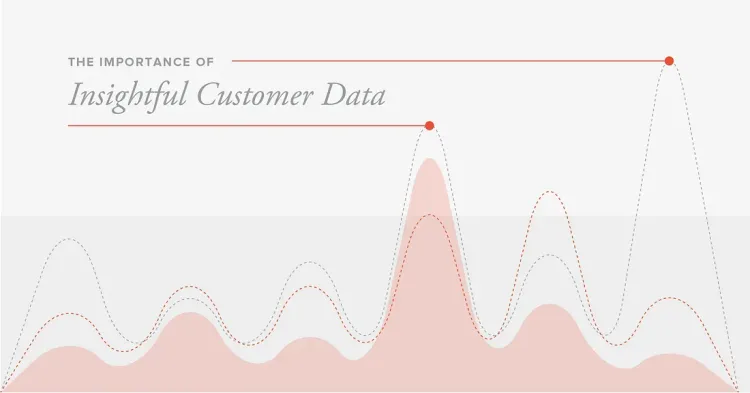The Importance of Insightful Customer Data
Resources
February 22, 2024|7 min read

Opening and running a successful VR Arcade is a notable endeavor. In a previous blog, Why VR Arcades Should Offer Multiplayer, we discussed the equation for what we think it takes to operate a profitable VR Arcade:
Immersive Experiences = Customer Satisfaction = Returning Business = Higher Profitability
Immersive Experiences & Customer Satisfaction
In order to achieve a more immersive experience for customers, your VR Arcade needs good, reliable equipment and great VR content.
But what is great VR content exactly?
Is it the highest rated games?
The most profitable games?
Is it content that you and your friends think is good?
You get the idea — the idea of great VR content is a broad, ambiguous term and can be difficult to define & quantify.
So how does one ensure great VR content is being offered and promoted in VR Arcades? We must look at the direct correlation between immersive experiences and customer satisfaction.
A better, more-immersive experience for the customer can be identified by longer play times, higher satisfaction, and an increased-chance of returning business.
To enhance the customer experience, we have to know what the customer wants. So how does one embark on the discovery of what the customer wants?
(Tip: Check out our full list of Equipment needed to Operate a VR Arcade)
How to Acquire Accurate & Useful Customer Data
Direct Customer Feedback
While this may seem like a no-brainer, direct customer feedback can offer incredible insight into your VR Arcade’s experience. Direct customer feedback is commonly reliant upon employees engaging and having conversations while on-the-job.
Note: In order to make the most of the feedback your VR Arcade receives, it is of the utmost importance that processes are created and maintained for the accurate relay and reporting of direct customer feedback.
Surveys & Questionnaires
Creating surveys & questionnaires can be extremely beneficial in acquiring responses and insight into your VR Arcade experience. Here are a couple examples of how surveys & questionnaires can be implemented into your VR Arcade:
- Implement standard customer questions, with appropriate reporting processes, for employees to utilize during the checkout process.
- Distribute print-outs of your survey and/or questionnaire to every customer as they either begin or end their VR Arcade session.
- Create a form on your VR Arcade’s website and encourage customers to provide feedback on their experience.
Note: While surveys & questionnaires can be beneficial, more often than not we’ve seen that they have low participation, often confined to closed ended questions.
The information gathered from both these strategies is dramatically limited in providing in-depth, analytical data — especially as it pertains to session duration, individual gameplay duration, and drop-off rates. Additionally, both strategies rely heavily on the accurate self-reporting of your customers and/or employees.
SpringboardVR: All-In-One Arcade Management Software
A useful resource to gain insight on gaming trends in VR Arcades across the world.
For some insightful data on this Summer’s most played games thus far, head on over to our latest blog, Top VR Arcade Games for Summer, and find out how you can adjust to better operate and succeed.
Conclusion
In part, optimizing your VR Arcade for the best possible customer experience relies on the acquisition & accurate reporting of customer data. This information matters because it is an essential component in determining what games you want to offer, feature, and promote in your VR Arcade.